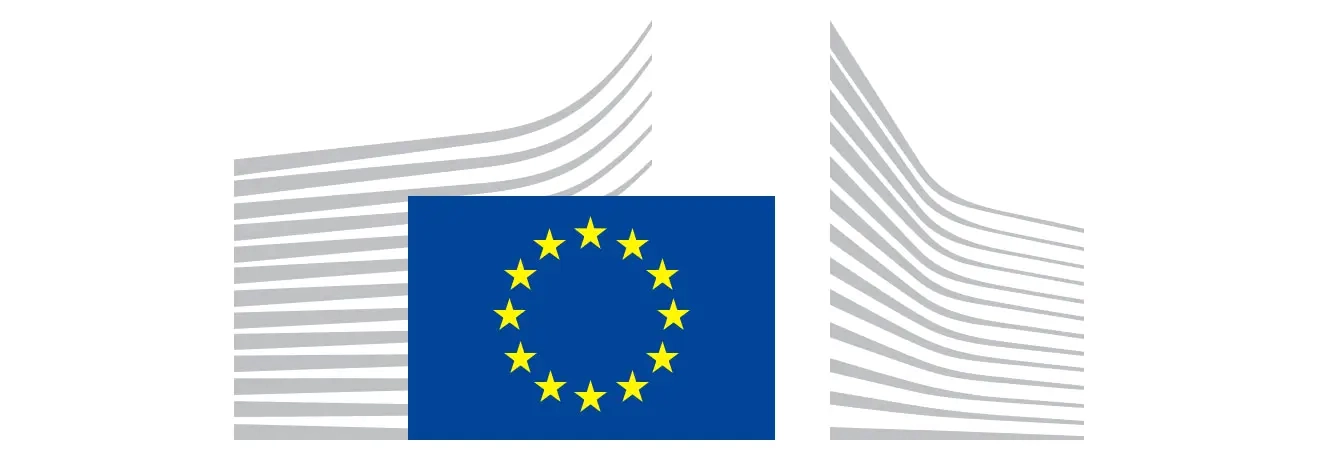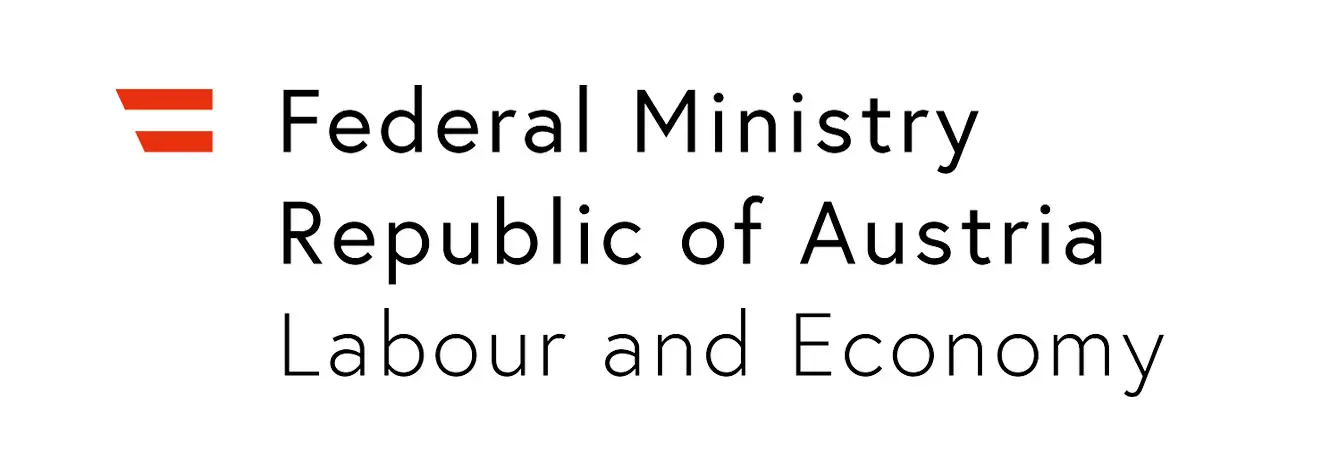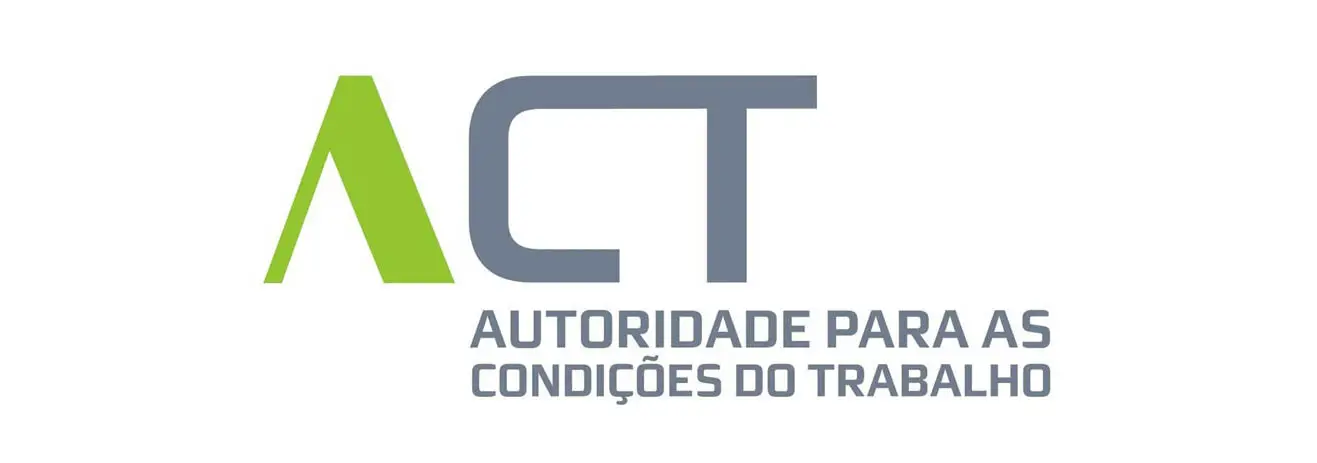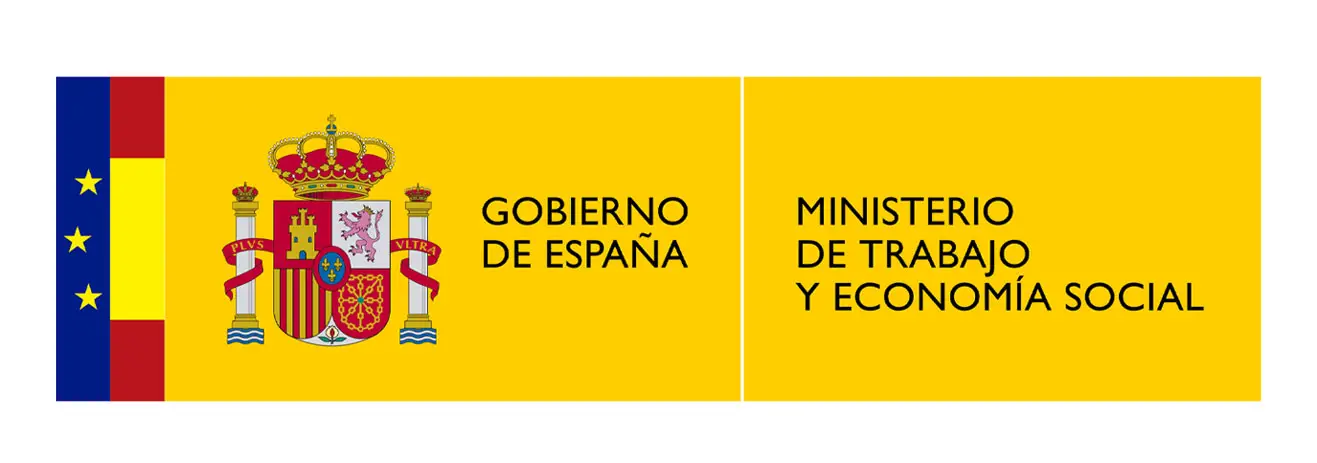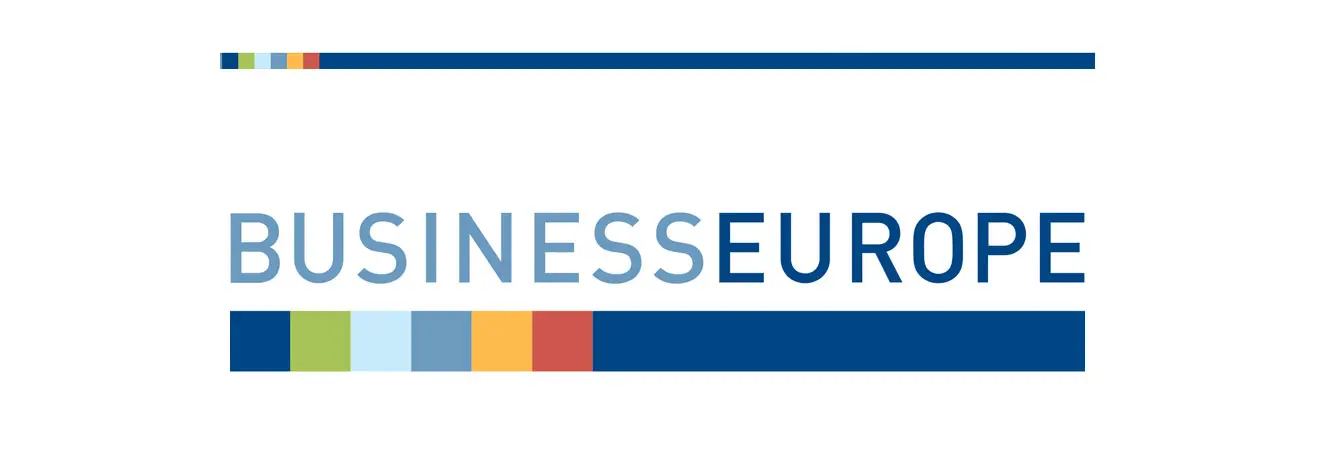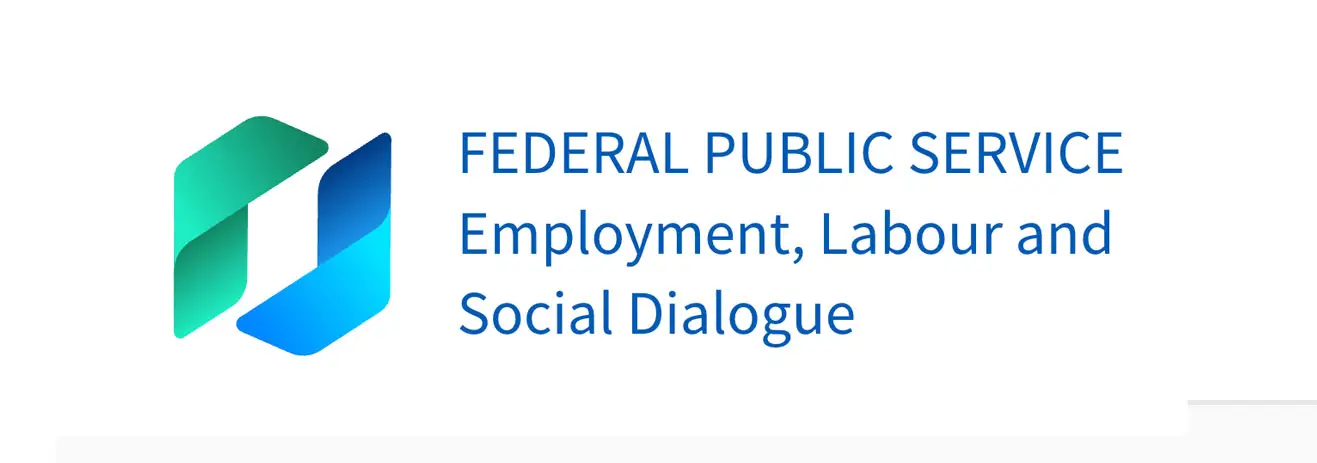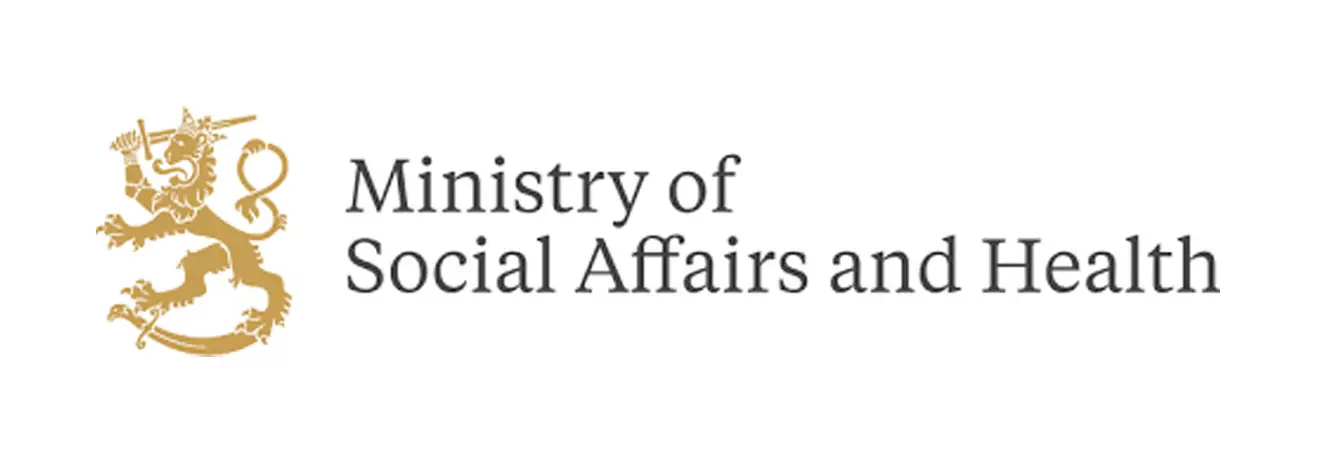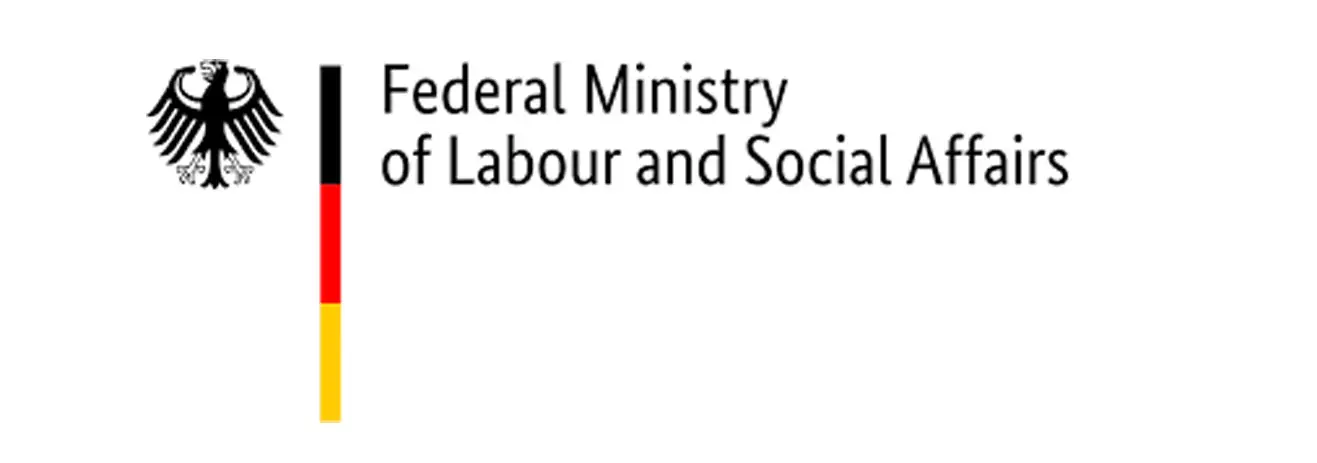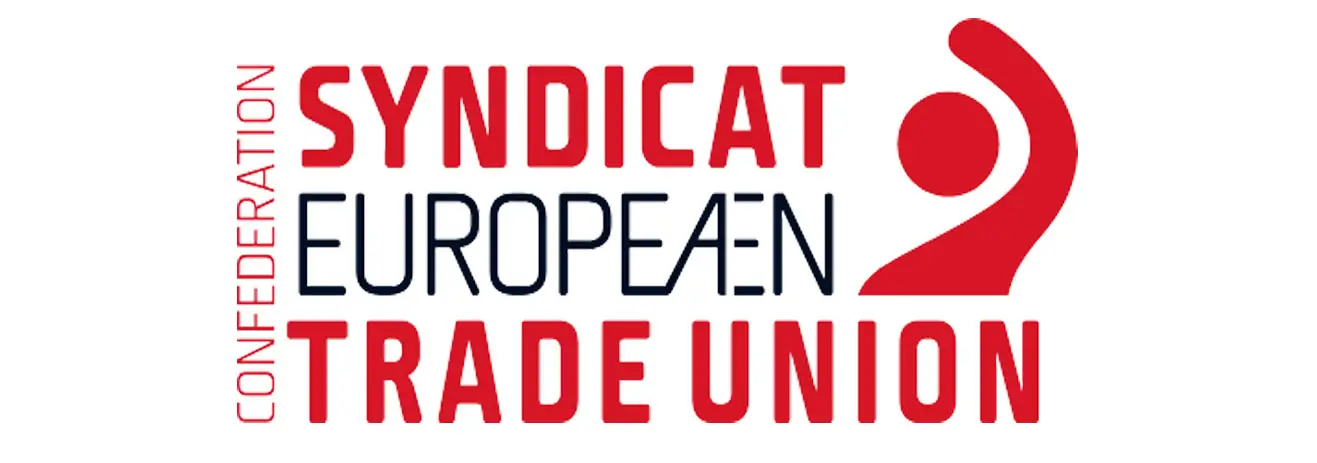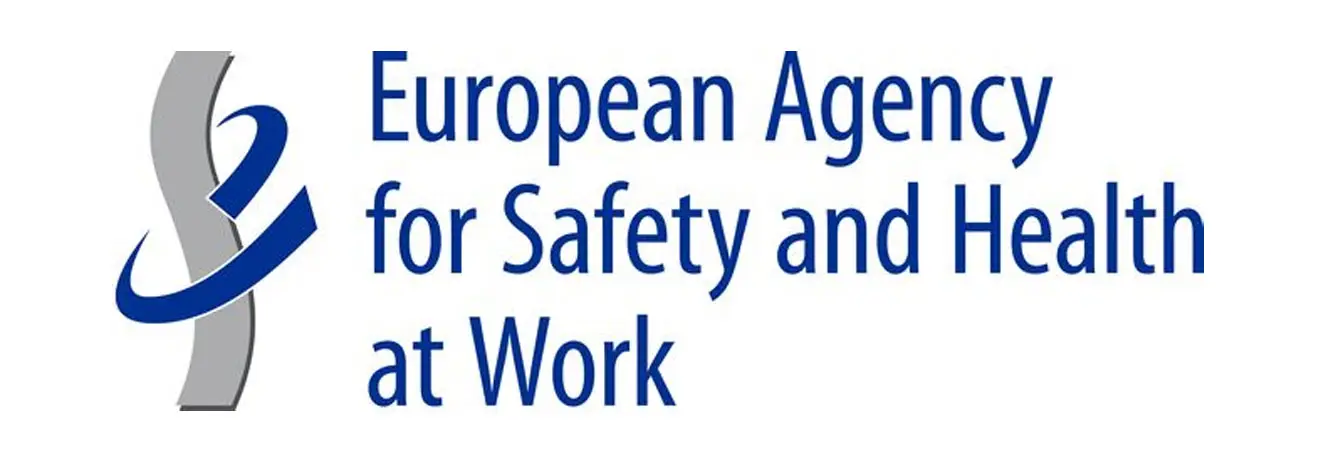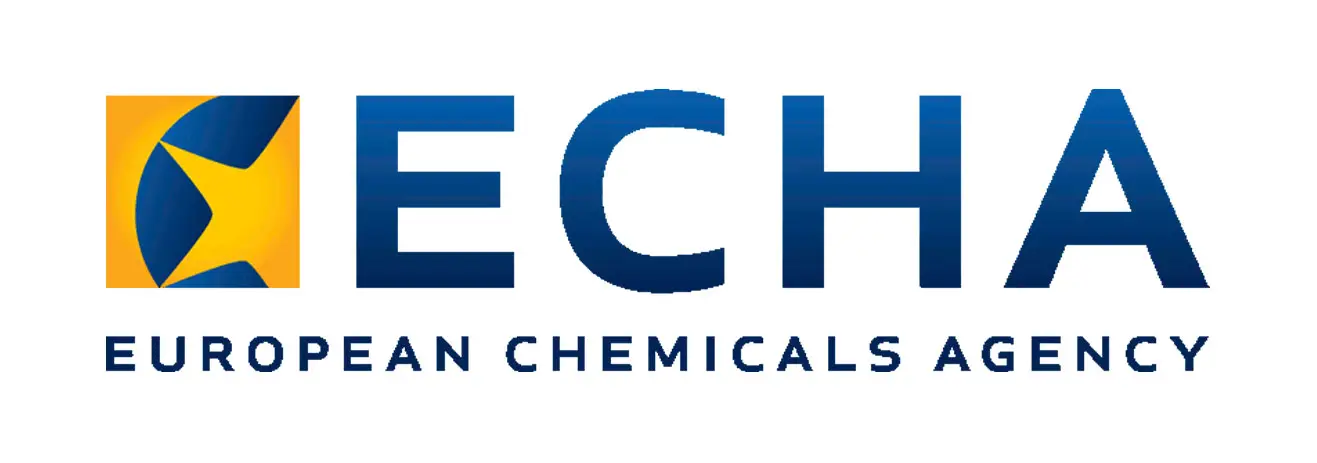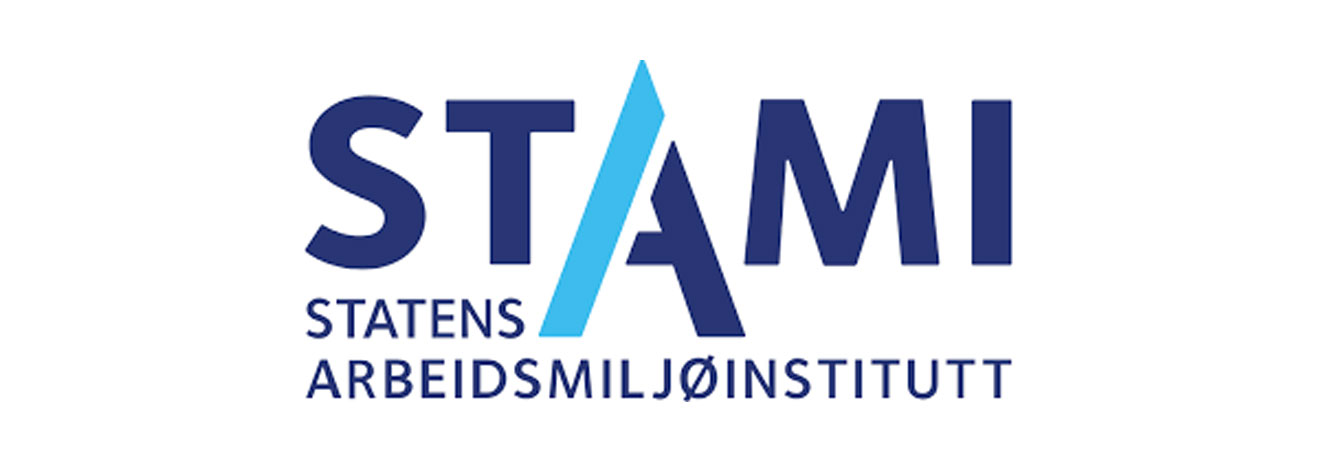One of the goals of the European REACH regulation is the progressive replacement of substances of very high concern (e.g. carcinogens) by safer alternatives. Companies that use these substances, actively search for safer alternatives (less dangerous substances, new technologies and processes), and report about these alternatives. Below you will find the information on possible alternatives for chromium trioxide, included in the different applications for authorisation received so far by ECHA. To obtain further details, please follow the link to the full dossier.
Below you can find possible alternatives for chromium (VI) trioxide for surface treatments in the aviation and aerospace industry
Chromium Trioxide
- EC-number: 215-607-8
- CAS-number: 1333-82-0
- Use: For surface treatments in the aviation and aerospace industry
- Technical function: Ingredient used for surface treatments in the aviation and aerospace industry
Alternatives:
Different (groups of) companies have researched possible alternatives to replace chromium trioxide. Even if these alternatives may not have been chosen for their particular case, they may still be an appropriate option for other cases.
- Cr(III)-based plating technology (with nickel underlayer)
- For the pre-treatment process: acidic treatment with inorganic acids (sulphuric acid, phosphoric acid and nitric acid) and additives, such as corrosion inhibitors, accelerators, surfactants and complexing agents
- For the chromic acid anodization (CAA): Thin-film sulphuric acid anodizing (TFSAA) + SOCOSURF TCS/SOCOSURF PACS + hot water sealing
- For the chromium trioxide based chemical conversion treatment (CCCT): SOCOSURF TCS/PACS
- High Velocity Oxygen Fuel coating using a tungsten carbide cobalt chrome mixture as the powder material in the spraying process (HVOF WCCoCr).
- High Velocity Oxygen Fuel coating based on Co free powders (HVOF CrCNiCr)
- D-Gun and Super D-Gun
More detailed information
All research efforts by companies have been documented in reports. The following ECHA-dossiers are available about possible alternatives for chromium trioxide for ECCS:
Factsheet Chromium VI
For more general information about the risks of chromium (VI) trioxide and measures to take to prevent exposure, please have a look at the factsheet Chromium VI (available in many EU-languages).
